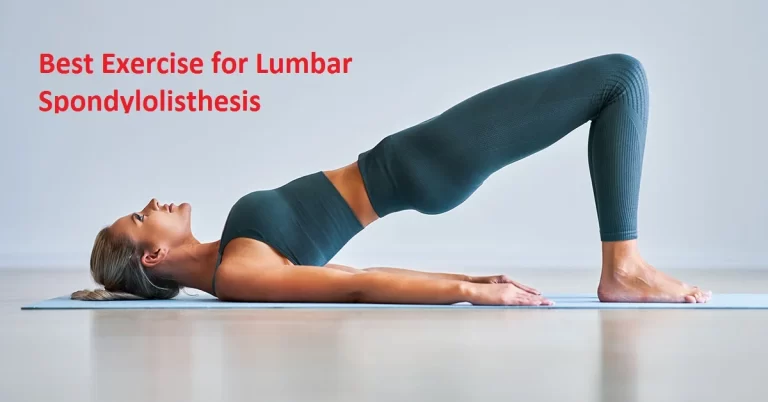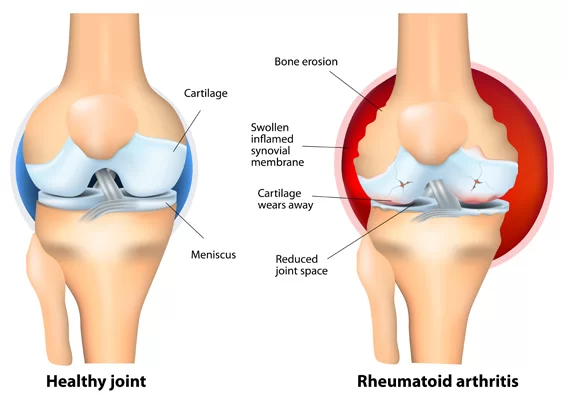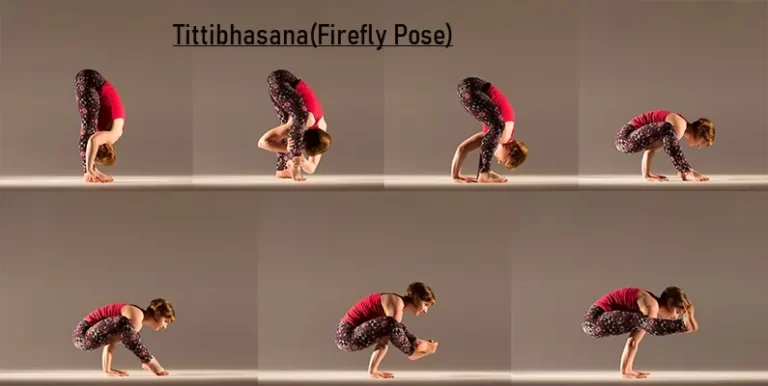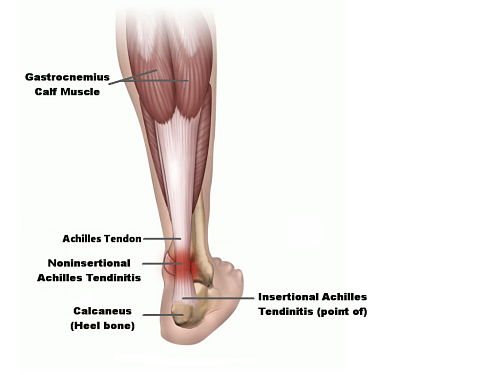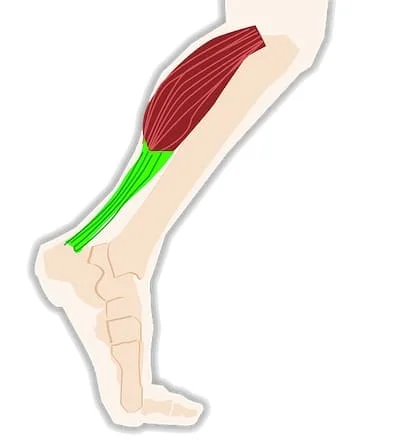Deltoid muscle stretching exercise
Table of Contents
Introduction
Deltoid stretch exercise assists to increase the flexibility of the deltoid muscles which are located at the top of the shoulder joint and are important muscles the patient can use for the day to day activity. R
egular stretching exercise has many health benefits as well as also increases performance and fitness level as well.
What is deltoid muscle stretching?
- The shoulders do a bunch of work while the day. The patient needs them to pull, lift, push, as well as reach, & sit up straight and even walk. They sometimes feel tight or even tired & may feel pain or even stiffness after a workout. One proper way to keep the shoulders flexible is by performing deltoid stretches.
- A deltoid muscle is located around the top of the shoulder as well as the upper arm. This is the main goal is to help the patient to lift as well as rotate the arm. A deltoid muscle has 3 parts: anterior, posterior, as well as lateral. These all muscles work together to keep the shoulders stable.
- Deltoid muscles are mainly responsible for moving the arm away from the body.
- If these muscles are loose as well as flexible means the patient faces a minor risk of shoulder pain as well as injuries. To prevent imbalance, do stretches that target the 3 deltoid muscle parts: the anterior deltoids (on the front of the shoulders ), the lateral deltoids (top of the shoulders), as well as the posterior deltoids (lower back of the shoulder joints). Each of these three parts has clear functions.
Anatomy of the deltoid muscle
- Origin
Anterior Fibres/Head: Lateral third, Anterior Surface of a Clavicle (close to lateral fibers of pectoralis major).
Mid/Lateral Head: Acromion Process scapula, as well as Superior Surface.
Posterior Head: Spine of a Scapula, Posterior Border. - Insertion
Fibers from all heads converge to insert into a deltoid tuberosity on the humerus.
A deltoid fascia is continuous with a brachial fascia as well as connects to a medial & lateral intermuscular septum. - Nerve Supply
Axillary Nerve, C5 & 6, posterior cord of a brachial plexus. - Blood Supply
Deltoid receives its blood supply from a posterior circumflex humeral artery. - Function
The deltoid is the prime mover of shoulder abduction.
A deltoid compensates for a loss of strength in the rotator cuff.
What are the Health Benefits of deltoid muscle stretching?
- A deltoid muscle stretch may provide a lot of benefits. some are below:
- Increase the range of motion as well as the flexibility of the deltoid muscle.
- Decrease tension as well as tightness in the shoulders.
- Increase the body posture.
- Lower the chance of shoulder injury as well as a sprain.
- Boost an athletic performance.
Types of deltoid stretching
There are some basic types of deltoid stretching :
- Anterior deltoid stretch
- Lateral deltoid stretch
- Posterior deltoid stretch
- Dynamic bear hug stretch
- Modified downward dog
How to stretch deltoid?
If the patient wants to stretch the tight deltoid muscles, the following exercise is the best exercise the patient can do at home.
Anterior deltoid stretch
How to do it?
Stand straight with feet hip-width apart, the shoulders are relaxed so that the scapulae are tucked downward along with
either side of the spine.
Clasp the palms behind the back, then raise them away from a body while the elbows are straight. When the patient feels stretched stop there & hold that position for 15-30 seconds.
Do not bend the body at any level while motion, stand upright.
If the patient has any problem clasping the palms behind then hold the towel between the palms.
Perform the stretch 3 times.
The anterior deltoid stretch has some variations:
- Isolation of internal rotation
- Doorway stretching
- Bridge position stretch
Isolation of internal rotation
Isolate internal rotation to target only anterior deltoids.
How to do – Take the supine position with the arms extended away from the shoulders. Lift your one hand so that the elbow is at a 90- degree position, as well as the forearm, at a right angle to the body. Slowly down the hand until it is resting at the side of the body. Hold that stretch for a second, then return to the starting position.
Perform 3-4 sets of twenty repetitions. Do on another arm.
Lower the arm as far as the patient can reach without pain. Do repetitions as much as the patient can, then improve over time. In advance, the patient can lift weight namely, the dumbbell while the stretch.
Doorway stretching
How to do – Stand straight in the doorway with feet hip-width apart.
Place the right palm on the doorway slightly lower than the shoulder level, the elbow is slightly bent.
Turn the body away from the right arm. When the patient feels stretched then hold that position for 10-20 seconds. Then do it on the left side.
The patient can use any static object to hold such as the vertical bar, or wall.

Bridge position stretch
How to do – Take the sitting position. Bend the knees, as well as the feet, should be flat on the ground.
The hand is next to the body as well as the fingers are pointing forward.
Take a breath in & press the feet as well as hands against the ground while lifting the body from the floor into a bridge position. The upper body, as well as thighs, are parallel to the floor. Straighten the legs one at a time without lower down the hips to do a bridge position. Now relax the neck as well as lower down the head.
Now that position for 30 seconds, then reverses the motion as well as take the embarking position.
Beginners start with 5-second holds then gradually improve time.
When the patient holds the position breathe in by the nose & out by the mouth, as well as it should be slow and deep.
Lateral deltoid stretch
This is also called cross-body deltoid stretch.
How to do – Stand straight with the feet hip-width apart. Now position the left hand across the body or even horizontal to the body with the elbow slightly in the bending position.
Grasp at the end of the upper just above the elbow with the right hand.
Now push the left hand towards the body with a right hand.
When the patient feels stretched, hold that position for 30 seconds. Then do it on the right side.
During the movement, the shoulder is in a relaxed position.
Lateral deltoid stretch has some variations:
How to do – Take the standing position with the feelings around hip-width apart, next to the table or even bench.
Lean forward, and place the left hand on the table for support.
Now slowly swing the right arm forward as well as backward like the pendulum, which is hanging on the side of a table.
Do not move the body while doing the movement. The back is straight as well as the knee is slightly bent. Now repeat the movement from side to side in the circular motion.
Turn around as well as do it on the left arm.
Do three sets of 10 repetitions.
How to do – Stand straight, the back is straight, the feet around hip-width apart.
Place the right arm behind the back with 90 degrees of elbow flexion. Now hold that elbow by a left elbow.
Then pull the right elbow towards the left back with the left hand.
When the patient feels stretched, hold the position for 15-30 seconds.
Repeat it on the left hand.
Do three sets on each side.
Posterior deltoid stretch

How to do – Start with crossover stretch. Relax the shoulders, and pull them back so that the scapulae fall on either side of the spine.
Reach one horizontally the body & grasp with the other hand at an upper arm.
Slowly begin pulling that arm against the chest as well as the opposite side. When the patient feels stretched stop there.
Hold the position for 30 seconds & repeat on the other side.
Do three repetitions on both sides.
Posterior deltoid stretch has some variations:
- Sleeper stretch
- Bent over horizontal abduction stretch
Sleeper stretch
How to do – This activates supporting muscles. Take the side-lying position with the lower arm 90 degrees bent so that the forearm is at the right angle to the body.
Use the other arm to push the arm downward. If the patient feels stretched then hold the position for 30 seconds, then give rest for 30 seconds.
Repeat the stretch on another side. Do not bend or even press on the wrist while the stretch.
Bent over horizontal abduction stretch
How to do – Take the prone position at the edge of a bench or even bed, so that the one arm hanging out of the bench.
Start with straight the hanging arm, as well as gently lifting it at eye level, without bending the arm.
Now slowly lower down to the starting position.
Do three sets with 10 repetitions, now switch to the other arm.
Only lift the arm as much as the patient can without feeling pain. Once the patient becomes a master it then adds some weight.
Dynamic bear hug stretch
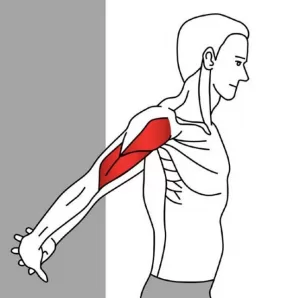
A dynamic bear hug stretches the anterior as well as posterior parts of a deltoid & the chest.
It is the best motion to perform before the workout.
How to do this stretch – Stand straight with the feet shoulder-width apart. Make sure to engage the core as well as the posture is straight.
Reach the arm out as well as wide, at 90 degrees abduction.
When the patient feels a mild stretch in front of the shoulders & chest then bring the arms across the chest. Try to hug yourself, so that the left arm is on top of the right. The patient can feel stretching on the back of the shoulder.
In the controlled movement, swing the arm in the embarking position. Try to reach the end range of motion before the arms go back to a hugging position. This time the right arm is on top of the left arm.
Do it for 30 seconds, then take the rest. Repeat two more rounds.
Modified downward dog
A modified downward dog has targeted a chest as well as anterior deltoids. And it is the best way to increase posture due to it also stretches the low back, glutes, as well as hamstrings.
Plus, it is easy to perform at the workplace owing to it is comfortable to stretch.
How to do the stretch – Stand straight behind the stable desk, chair, or even table. Place the feet around hip distance apart.
Now engage a core as well as stand with a good posture.
Put the hands flat on a desk with the arms fully extended.
Make sure to straighten up the arms, back as well as legs while a stretch, only the hips are flexing.
Take deep breathing, and begin walking backward until the body forms the inclined line. Now tip the upper body forward as well as the hips backward. Extend the arms over the head as the patient goes backward.
When the patient feels stretched at the front of the shoulders as well as chest then hold this position.
Hold that for 30 seconds. Release & repeat it two times.
Safety as well as precautions
- There are some tips to provide safety while stretching.
- Deltoid stretch can be uncomfortable, especially when the patient’s body is stiff. Try not to stretch at a painful level.
- Do not bounce. Ballistic stretching is dangerous, so avoid bouncing while the stretches unless suggested by the physical therapist.
- Go gently. Mostly, stretches are slow as well as gentle, so do not race to complete the stretch.
- If the patient has a prior injury, like acute or chronic, try stretching after the physical therapist’s suggestion.
- If the patient is not able to do a stretch perfectly, do not force yourself to do it.
- If the patient has any fracture around the shoulder joint then do not perform a stretch.
- If the patient has any pain, sprain, or even bursitis then do not perform it.

